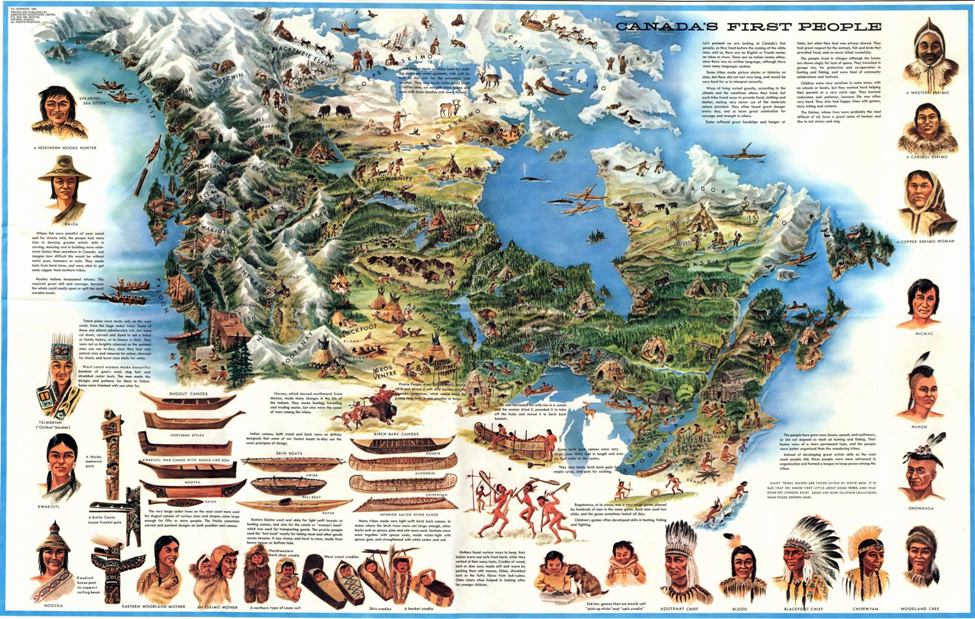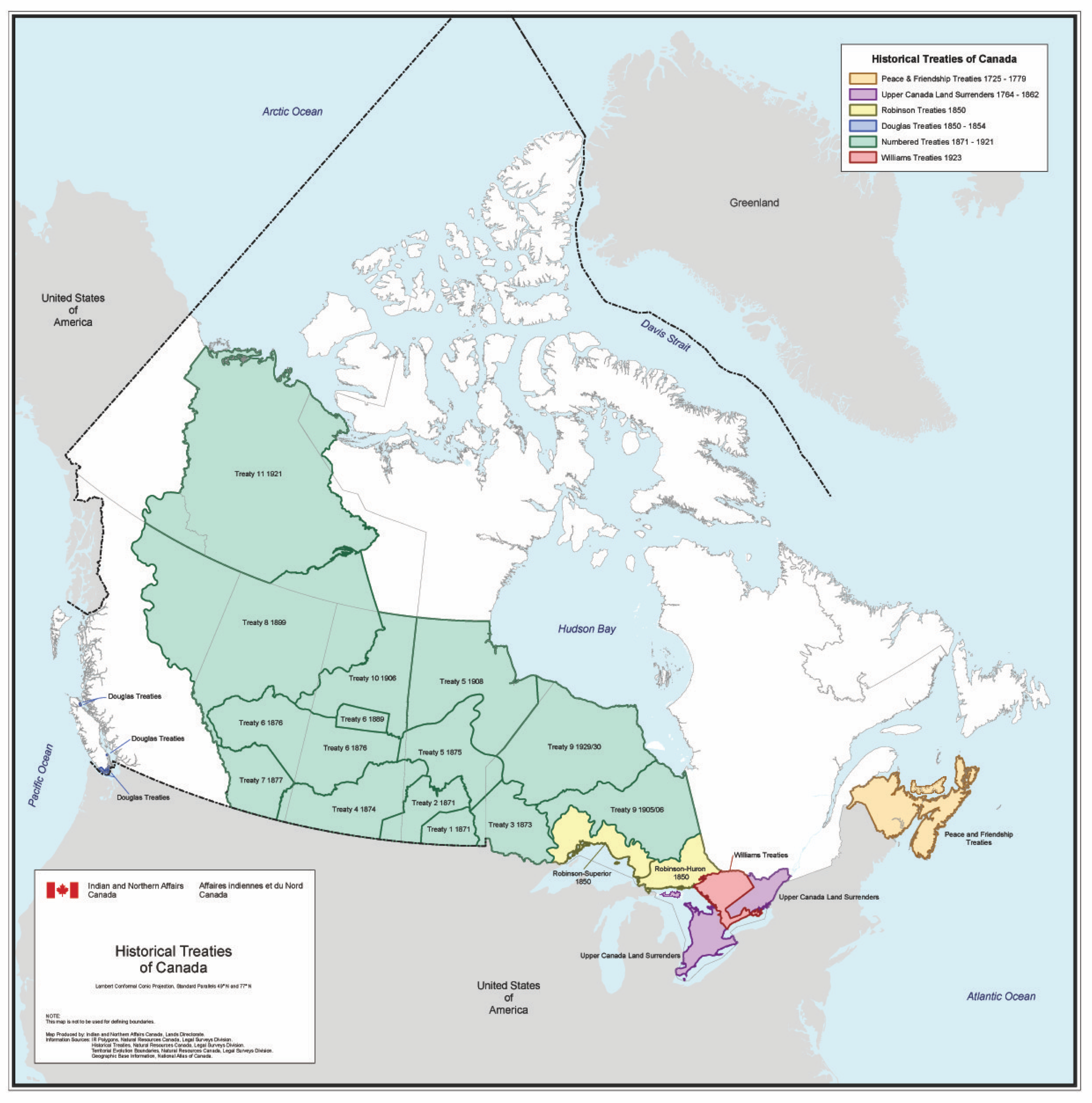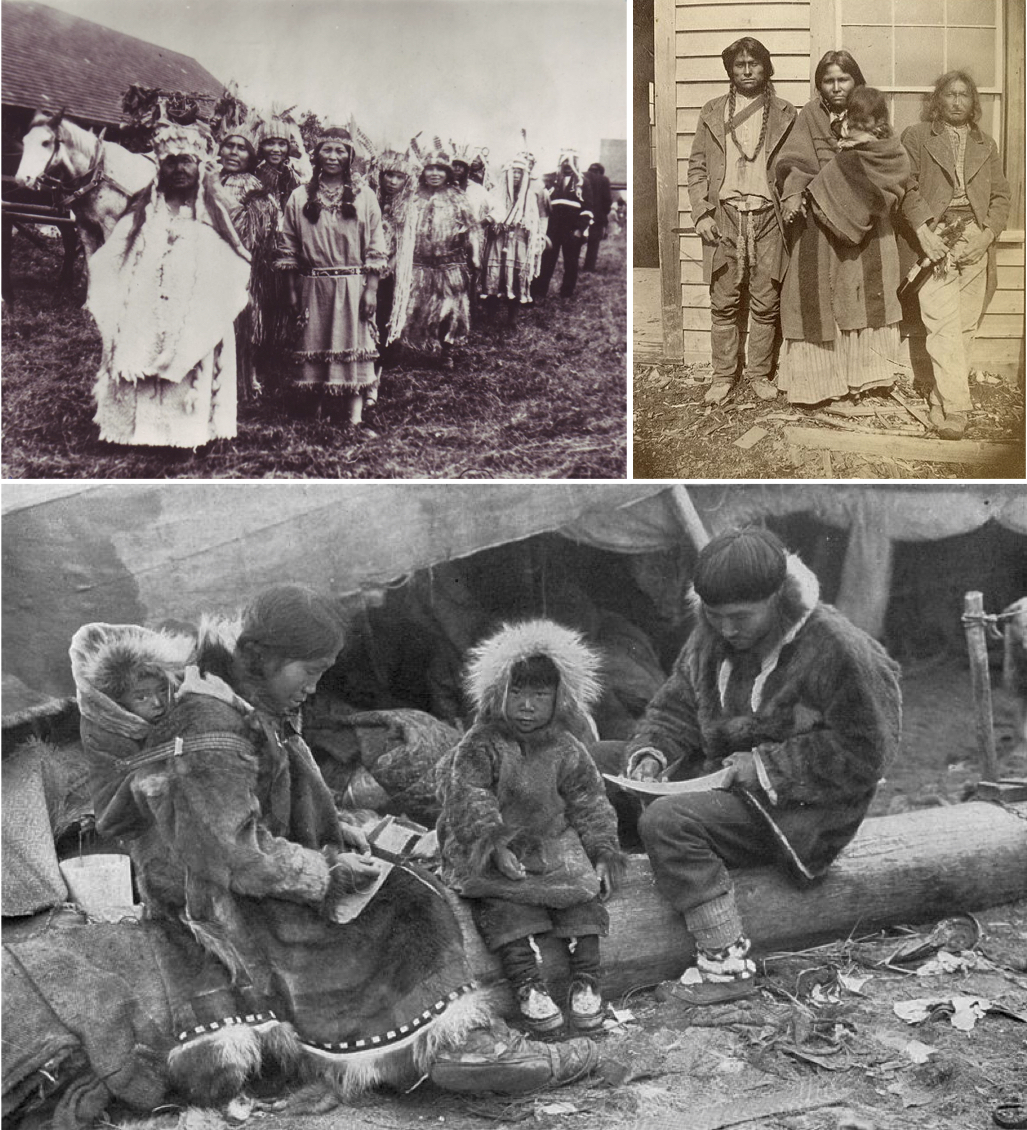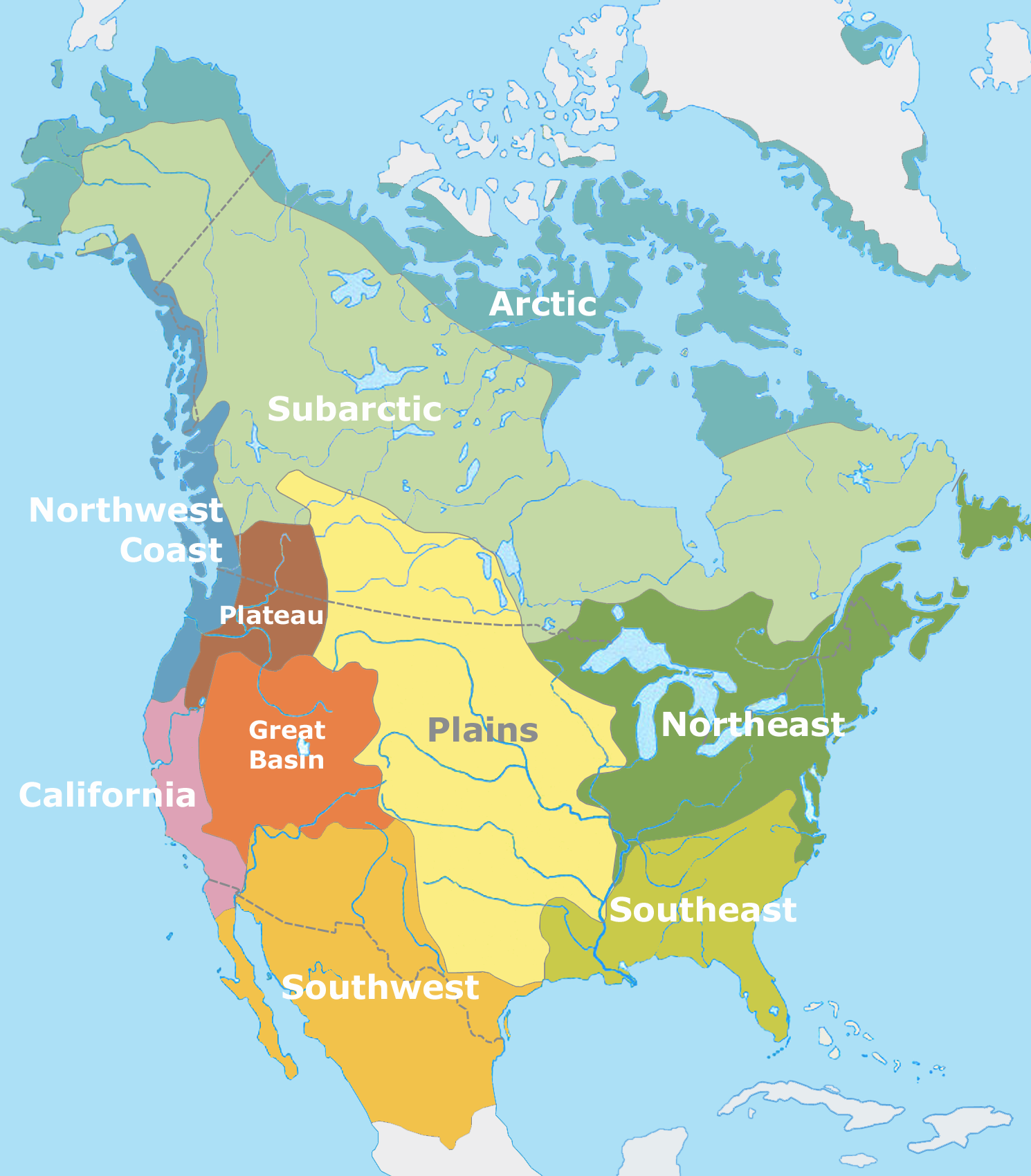The Diverse Tapestry of Indigenous Peoples in Canada: A Journey Through Nations and Histories
The Diverse Tapestry of Indigenous Peoples in Canada: A Journey Through Nations and Histories

Canada is a land steeped in the rich and vibrant histories of its Indigenous peoples. For centuries, diverse First Nations, Inuit, and Métis communities have thrived across this vast country, each with their own unique languages, cultures, traditions, and connections to the land. This article delves into the diverse tapestry of Indigenous peoples in Canada, exploring their histories, cultures, and the ongoing journey towards reconciliation and self-determination.
First Nations: Guardians of the Land
Related Articles: The Diverse Tapestry of Indigenous Peoples in Canada: A Journey Through Nations and Histories
- Yocha Dehe Wintun Nation’s Impressive Net Worth: A Sovereign Powerhouse!
- Discover the Rich Traditions of Chippewa & Ojibwe: Unveiling Their Cultural Legacy
- The Symbolic Feather in Forrest Gump: Unveiling Its Meanings!
- Anishinaabe Tradition: Heritage Transcending Generations!
- Lakota Map: Discover the Rich Heritage & Cultural Wonders
First Nations, often referred to as "Indians" in historical documents, are the original inhabitants of Canada. They encompass a wide range of distinct nations, each with its own language, culture, and territory. These nations are further categorized into distinct language families, highlighting the vast linguistic diversity that exists within First Nations communities.
Major Language Families of First Nations:
- Algonquian: This is the largest language family in Canada, encompassing over 40 distinct languages spoken by First Nations across the country, including the Algonquin, Ojibwe, Cree, and Mi’kmaq.
- Iroquoian: The Iroquoian language family includes the Haudenosaunee (Six Nations) Confederacy, consisting of the Mohawk, Oneida, Onondaga, Cayuga, Seneca, and Tuscarora nations. Other Iroquoian languages are spoken by the Huron-Wendat and the Cherokee.
- Athapaskan: The Athapaskan language family is primarily found in the western and northern parts of Canada. It includes languages like Dene, Carrier, and Slavey, spoken by various nations in the Northwest Territories, British Columbia, and Yukon.
- Salish: The Salish language family is spoken by First Nations in British Columbia and Washington state. It includes the Squamish, Sechelt, and St’at’imc, among others.
- Siouan: The Siouan language family is represented in Canada by the Assiniboine, a group that historically resided in the prairies.
- Tsimshian: The Tsimshian language family is spoken by the Tsimshian people of British Columbia.

Inuit: The People of the Arctic
Inuit, meaning "the people," are the Indigenous peoples of the Arctic region of Canada, Greenland, and Alaska. They are known for their resilience and adaptation to the harsh Arctic environment, relying on traditional knowledge and skills for survival.
Inuit Culture and Traditions:

- Hunting and Fishing: Inuit traditionally relied on hunting and fishing for sustenance, utilizing tools like harpoons, spears, and kayaks.
- Art and Crafts: Inuit art is renowned for its intricate carvings, sculptures, and clothing made from materials like ivory, bone, and fur.
- Storytelling and Music: Inuit culture is rich in storytelling and music, passed down through generations.
- Language and Identity: The Inuit language, Inuktitut, is spoken in various dialects across the Arctic region.

Métis: Children of Two Worlds
Métis, meaning "mixed" in French, are a distinct Indigenous people who emerged from the intermarriage between European fur traders and Indigenous women. They have their own unique culture, language, and history, shaped by the fusion of European and Indigenous traditions.
Métis Culture and Identity:
- Hunting and Trapping: Métis have long been known for their skills in hunting and trapping, utilizing traditional knowledge and techniques.
- Language: The Métis language, Michif, is a unique blend of French and Cree, reflecting their dual heritage.
- Music and Dance: Métis music and dance are characterized by a vibrant blend of European and Indigenous influences.
- Land Rights and Self-Determination: Métis communities continue to assert their land rights and strive for self-determination.
Historical Context and Challenges
The history of Indigenous peoples in Canada is marked by both resilience and hardship. European colonization, which began in the 16th century, had a profound impact on Indigenous cultures, languages, and traditional ways of life. Treaties, often negotiated under unequal circumstances, led to the displacement of Indigenous peoples from their ancestral lands and the imposition of European systems of governance.
Key Historical Events:
- Residential Schools: The Canadian government established a system of residential schools from the late 19th century to the late 20th century, forcibly removing Indigenous children from their families and communities to assimilate them into European culture. These schools resulted in widespread trauma, cultural loss, and intergenerational harm.
- Land Dispossession: European colonization led to the dispossession of Indigenous lands, often through treaties that were not fully understood or respected.
- Cultural Suppression: Indigenous languages, traditions, and spiritual practices were actively suppressed by the government and religious institutions.
The Path Towards Reconciliation
In recent decades, Canada has begun to grapple with its colonial past and the injustices faced by Indigenous peoples. The Truth and Reconciliation Commission, established in 2008, documented the devastating legacy of residential schools and called for widespread action to address the ongoing impacts.
Key Initiatives for Reconciliation:
- Truth and Reconciliation Commission: The TRC’s findings and recommendations have become a roadmap for reconciliation, urging the government and institutions to take concrete action.
- Indigenous Self-Determination: Supporting Indigenous communities in asserting their right to self-determination, including control over their lands, resources, and governance.
- Cultural Revitalization: Promoting Indigenous languages, arts, and cultural practices to ensure their survival and transmission to future generations.
- Justice for Missing and Murdered Indigenous Women and Girls: Addressing the systemic violence faced by Indigenous women and girls and seeking justice for their families.
The Future of Indigenous Peoples in Canada
The journey towards reconciliation and self-determination is ongoing, but there is growing recognition of the importance of Indigenous voices and perspectives in shaping the future of Canada. Indigenous communities are actively engaging in economic development, education, and cultural revitalization, working to reclaim their sovereignty and build a more just and equitable future for all Canadians.
FAQs about Native American Tribes in Canada:
Q: What is the difference between First Nations, Inuit, and Métis?
A: First Nations are the original inhabitants of Canada, encompassing a wide range of distinct nations. Inuit are the Indigenous peoples of the Arctic region. Métis are a distinct Indigenous people who emerged from the intermarriage between European fur traders and Indigenous women.
Q: How many Indigenous peoples live in Canada?
A: According to the 2016 census, there were approximately 1.7 million Indigenous peoples living in Canada.
Q: What are the major language families of First Nations?
A: The major language families of First Nations include Algonquian, Iroquoian, Athapaskan, Salish, Siouan, and Tsimshian.
Q: What are the challenges facing Indigenous peoples in Canada?
A: Indigenous peoples in Canada face numerous challenges, including poverty, lack of access to healthcare and education, and the ongoing impacts of colonization, such as residential schools and land dispossession.
Q: What are some of the key initiatives for reconciliation in Canada?
A: Key initiatives for reconciliation include the Truth and Reconciliation Commission, Indigenous self-determination, cultural revitalization, and justice for Missing and Murdered Indigenous Women and Girls.
Q: How can I learn more about Indigenous cultures and histories?
A: You can learn more about Indigenous cultures and histories by visiting museums, attending cultural events, reading books and articles, and engaging with Indigenous communities.
Q: What can I do to support Indigenous peoples in Canada?
A: You can support Indigenous peoples in Canada by advocating for their rights, supporting Indigenous businesses and organizations, learning about Indigenous cultures and histories, and participating in events that promote reconciliation.
Conclusion:
The story of Indigenous peoples in Canada is a story of resilience, resistance, and the enduring spirit of community. Recognizing their diverse histories, cultures, and ongoing journey towards self-determination is essential for building a more just and equitable future for all Canadians. By embracing the richness of Indigenous perspectives and actively engaging in reconciliation, we can work towards a future where the voices and contributions of Indigenous peoples are valued and celebrated.

Closure
Thus, we hope this article has provided valuable insights into The Diverse Tapestry of Indigenous Peoples in Canada: A Journey Through Nations and Histories. We hope you find this article informative and beneficial. See you in our next article!